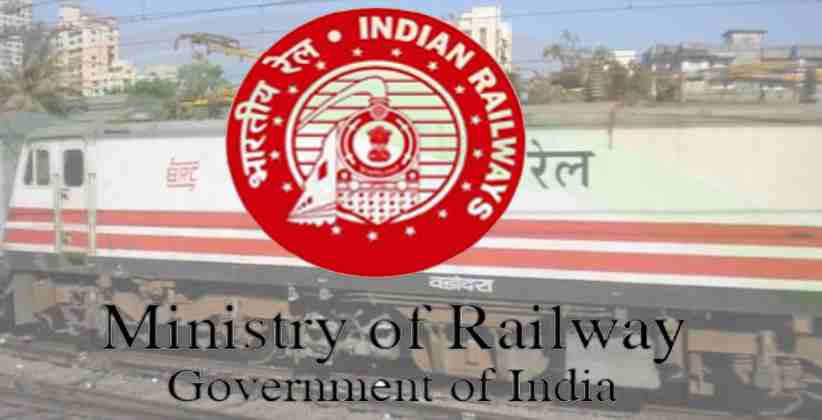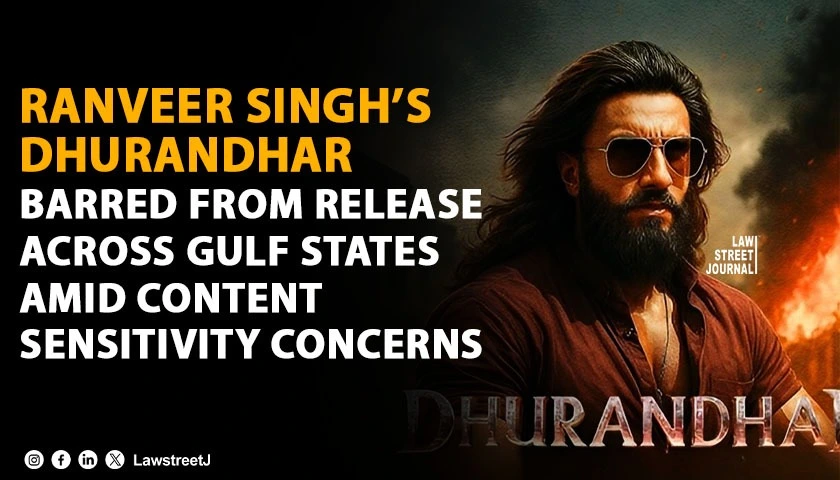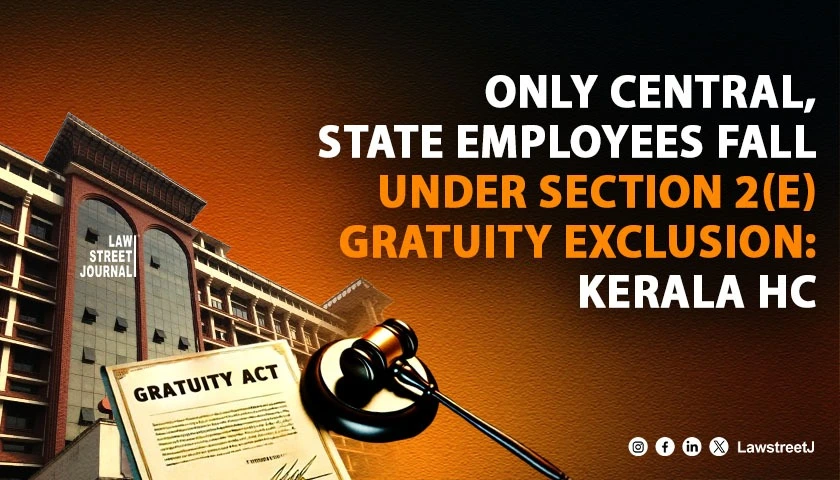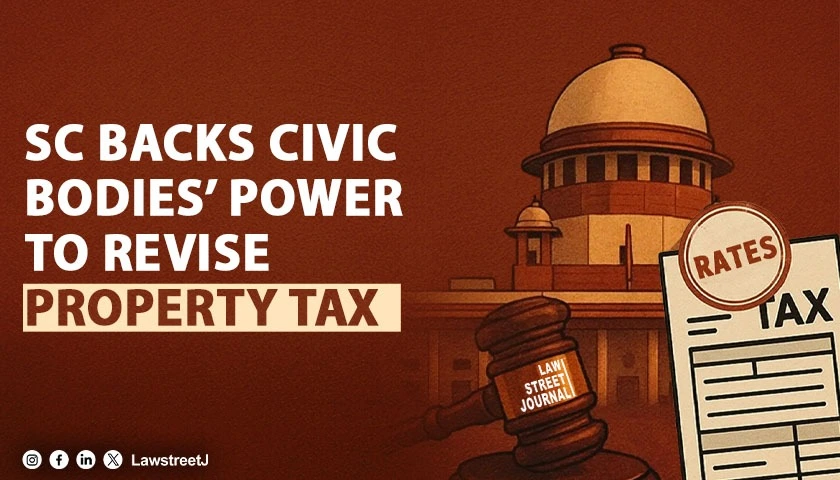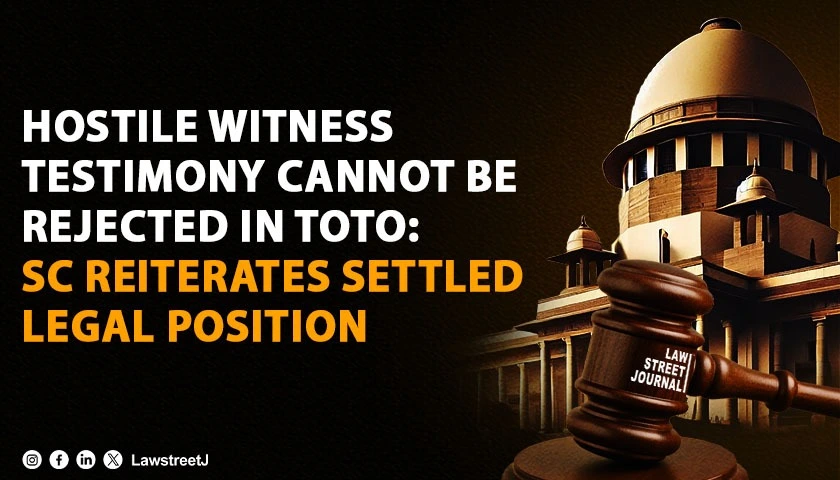In its bid to open up rail for private investment, the Railway Ministry has prepared an ambitious plan to allow private operators to operate 500 passenger trains, manage 750 stations and even manage private players ' rolling stock.
This will be accompanied by 350 additional trains, which will also be operated by private operators, the official said, requesting anonymity. It has been included in the National Infrastructure Project, which has been funded for the next five years.
Indian Railways operates approximately 13,000 passenger trains every day and expects an additional requirement of 3,000-4,000 trains to meet increasing passenger demand. Private companies will offer travelers world-class equipment and infrastructure, along with increased punctuality. With railway facilities, maintenance and protection, these private train operators will be allowed to purchase, operate and maintain trains, provide passengers with better on-board experience and services, including food, comfort, entertainment.
On 5 February, 2020, the Ministry announced that the draft application for qualifications and the draft concession agreement had been submitted to the Niti-Ayog and Indian Railways websites for input from stakeholders. The Ministry of Railways has designed the rehabilitation of railway stations through the Indian Railway Stations Development Corporation Limited (IRSDC), the Rail Land Development Authority (RLDA) and other central government agencies, by streamlined procedures and longer lease terms.
According to Railway Board Chairman Vinod Kumar Yadav, the private operators can start operations once their rakes are ready. The entire process, including bidding, as well as procuring rakes is likely to take 18-24 months, Yadav told reporters.
We have not decided if the rakes will have to follow the governments definition of Make in India. But it will be a part of the bidding document when we finalize it, he said.
Private Companies will also get freedom to fix rail fares. They can set the ticket prices at any rate they want, Railway Board chairman VK Yadav said. The prices will be market driven.
The much-publicised train service flagged off on the Lucknow-Delhi-Lucknow corridor on October 4, 2019, charges a higher fare than the current Shatabdi Express and other trains along with the same route.
Section 30(1) of the Railways Act which deals with the power to fix rates says The Central Government may, from time to time, by general or special order fix, for the carriage of passengers and goods, rates for the whole or any part of the railway and different rates may be fixed for different classes of goods and specify in such order the conditions subject to which such rates shall apply.
Also, Section 50(2) of the Railways Act says Every railway administration shall display the hours during which booking windows at a station shall be kept open for the issue of tickets to passengers.
Section 169 of the Railways Act says If a non-Government railway fails to comply with, any requisition made, decision or direction given, by the Central Government, under any of the provisions of this Act, or otherwise contravenes any of the provisions of this Act, it shall be open to the Central Government, by order, to levy a penalty not exceeding two hundred and fifty rupees and a further penalty not exceeding one hundred and fifty rupees for every day during which the contravention continues...
Indian Railways find the path the biggest constraint today as all trunk routes are saturated, running at over 100% capacity. Since new trains cannot be added, existing trains would have to be handed over to private players. This will mean higher fare paying passengers will displace the poorer sections. This can be addressed if private players are asked to run trains with mixed composition, AC and non-AC as well as unreserved classes.
Author: Harneet Singh

